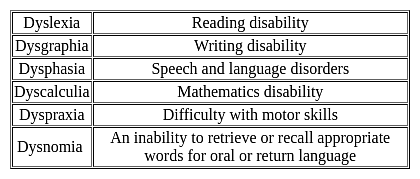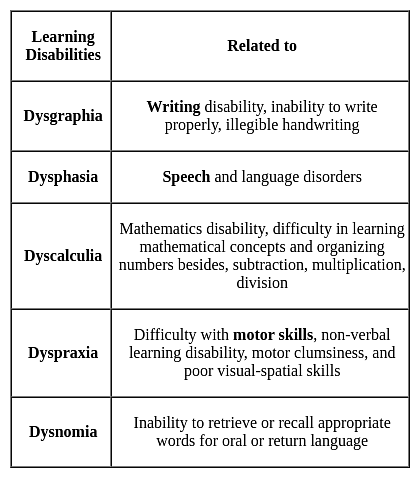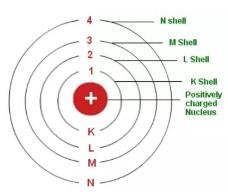KVS TGT Science Mock Test - 7 - KVS PGT/TGT/PRT MCQ
30 Questions MCQ Test - KVS TGT Science Mock Test - 7
निम्नलिखित प्रश्न में, चार विकल्पों में से, उस विकल्प का चयन करें जो विलोम शब्द का सबसे अच्छा विकल्प है I
मूक
| 1 Crore+ students have signed up on EduRev. Have you? Download the App |
For classroom discussion sessions which of the following is the most appropriate in encouraging reflection amongst learners?
A child’s notebook shows errors in writing like reverse images, mirror imaging, etc. Such a child is showing signs of
How many nutrients that are essential for plant growth are supplied by soil?
In a distance-time graph, if the line is horizontal, then the object is:
The increasing order of the energy levels in an atom is _______ .
Substances whose atoms have more free electrons, are called
The time taken by a train to slow down from 80 kmh-1 to 20 kmh-1 with a uniform deceleration of 2 ms-2 is
Which one of the following statements is not correct for an object moving along a straight path in an accelerated motion?
The DNA is the genetic material was proved conclusively by :-
The direction of induced current produced in a rectangular coil, when it is rotated in a uniform magnetic field, is given by
In high jump competition the athlete is made to fall on a cushioned bed to:
Which set of elements is listed in order of increasing ionization energy?
Identify ‘X’ in the reaction: 2HCl + CuO → X + H2O
When white light passes through a prism, it splits into its component colours. This phenomenon is called
Calculate the distance between the man and the box when the work done to move the box was 100 J with a force of 15 N.




















